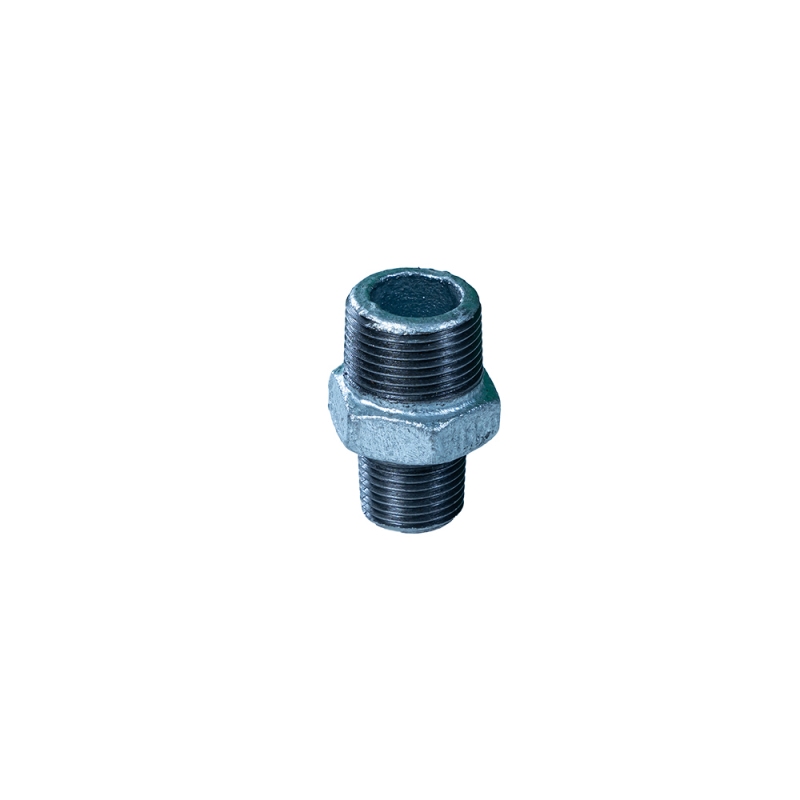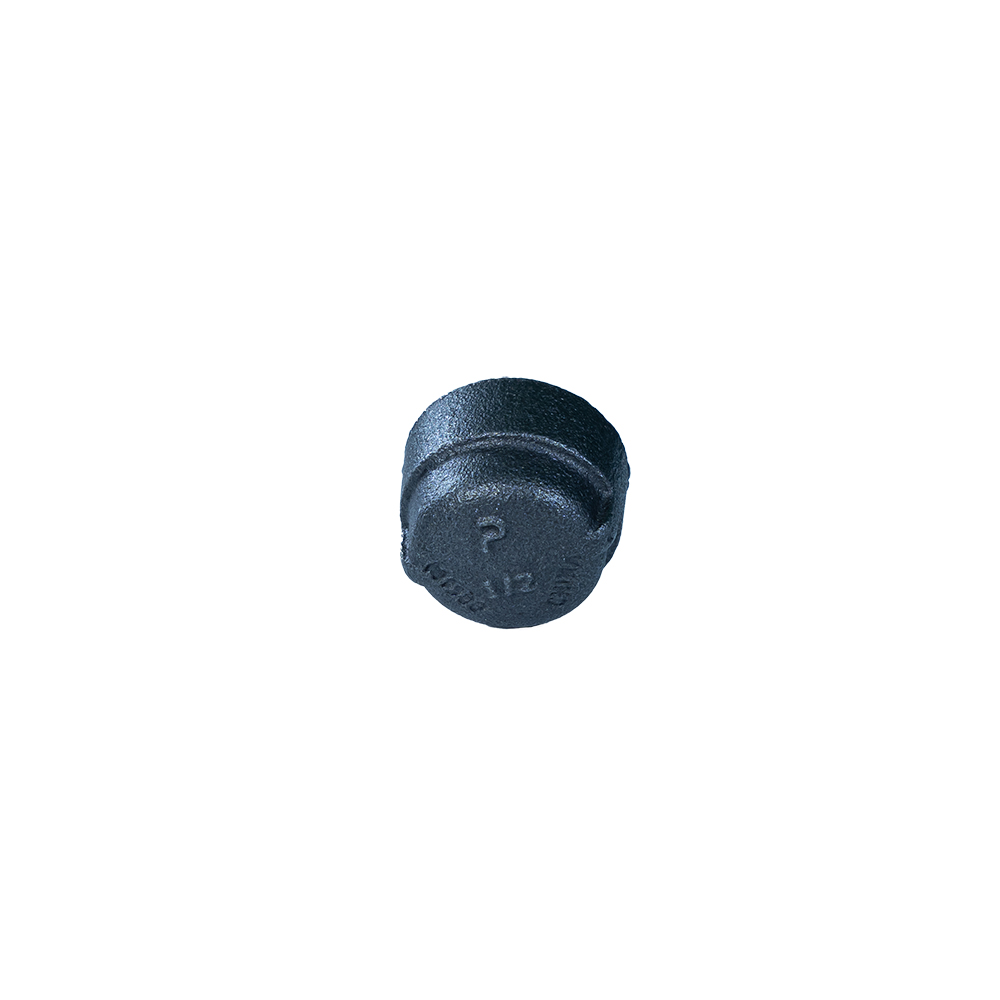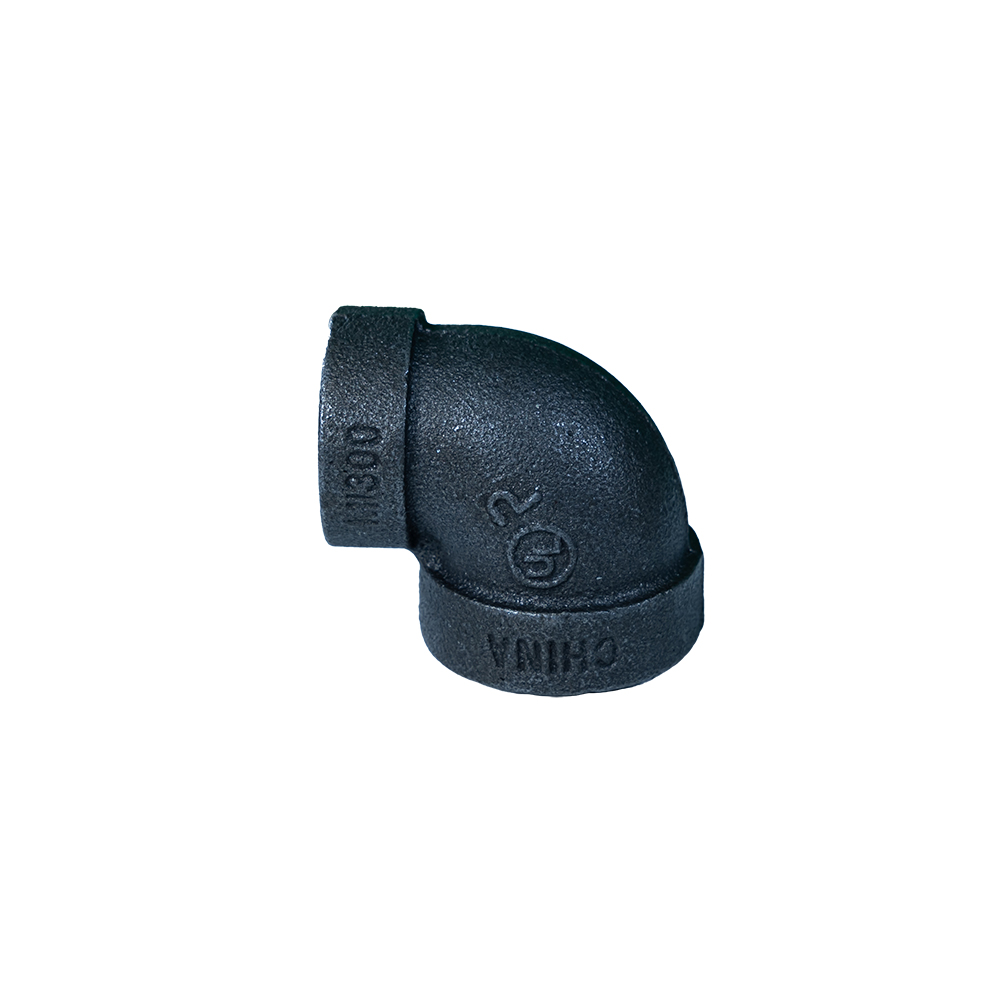Understanding Mechanical Fittings: The Small Parts Making a Big Global Impact
Mechanical fittings—those often overlooked hardware components—are quietly holding together the infrastructure of modern life. From the pipes delivering water to your home to the industrial machines powering factories, these connectors ensure everything fits, stays safe, and works smoothly. While they might not be headline-grabbing, understanding mechanical fittings is essential both for industries globally and for everyone who benefits from the systems they enable.
Why Mechanical Fittings Matter Globally
The world depends heavily on mechanical fittings. According to the International Organization for Standardization (ISO), the global market for industrial fittings is projected to grow by roughly 6% annually over the next decade, reflecting industrial expansion, urbanization, and rising infrastructure development. The United Nations highlights how improving infrastructure in developing regions can lead to better health outcomes and economic progress. Mechanical fittings, by ensuring reliable connections in pipelines, HVAC systems, and machinery, are a foundational element often taken for granted.
But there’s a challenge: poorly designed or mismatched fittings can lead to leaks, equipment failure, and costly downtime. For industries — from oil and gas to humanitarian relief — dependable mechanical fittings are a real worry.
What Are Mechanical Fittings?
Put simply, mechanical fittings are connectors that join pipes, hoses, or tubing, enabling a secure, leak-free interface. They come in countless shapes and sizes — like elbows, couplings, tees — made out of metal, plastic, or composite materials. In industries, they don’t just connect physical parts; they ensure pressure management, flow control, and structural integrity. From building skyscrapers in megacities to delivering clean water in rural areas, mechanical fittings act as silent heroes in the machinery of progress.
Mini takeaway:
- Mechanical fittings are connectors essential to infrastructure and industry.
- They prevent leaks and maintain safe, reliable system operations.
Key Factors In Mechanical Fittings and What They Mean in Practice
1. Durability
Durability is non-negotiable. Mechanical fittings often face harsh environments—extreme temperatures, corrosive chemicals, or constant vibration. Materials like stainless steel or specially coated alloys can last decades, reducing maintenance and replacement costs. In remote industrial zones, you don’t want to be chasing down a broken fitting with days of downtime.
2. Scalability
Fitting systems need flexibility. Whether it’s a small water pump or an extensive oil refinery, fittings must scale to fit various pipe diameters and pressures without custom solutions every time. Modular fittings help here, allowing engineers to build or modify systems quickly.
3. Cost Efficiency
Of course, no one wants to waste money. Cost efficiency isn’t just about price per unit but also manufacturing processes, installation ease, and lifespan. For humanitarian projects with tight budgets, affordable and reliable fittings are a lifeline.
4. Compatibility
Because global supply chains source components from everywhere, compatibility is essential. International standards like ISO 4144 help assure fittings work seamlessly together, no matter who made them.
5. Ease of Installation
Some fittings come with specialized tools or require skilled labor, which can slow projects and spike costs. Innovations like quick-connect fittings make assembly faster, reducing errors and labor time.
Mini takeaway:
- Strong, scalable, cost-effective, and compatible fittings are industry must-haves.
- Ease of installation also plays a big role in practical deployment.
Real-World Mechanical Fittings Applications & Use Cases
Mechanical fittings show their value everywhere:
- Water infrastructure: In drought-prone regions, durable fittings maintain clean water supply systems with minimal leaks.
- Post-disaster relief: Organisations like the Red Cross rely on quick-deploy fittings to set up temporary shelters and sanitation rapidly.
- Energy sectors: Pipelines transporting natural gas depend on specialized high-pressure fittings to avoid hazardous failures.
- Manufacturing and automation: In factories, precision fittings connect pneumatic and hydraulic systems critical for robot arms and conveyors.
Mini takeaway:
From emergency relief tents in Asia to massive refineries in the Middle East, mechanical fittings underpin critical systems worldwide.
Mechanical Fittings Specification Table
| Specification | Typical Range/Value | Notes |
|---|---|---|
| Material | Stainless Steel, Brass, PVC | Material choice varies by application & environment |
| Pressure Rating | Up to 6000 PSI (industrial grade) | High pressure endurance essential for gas/oil pipelines |
| Temperature Range | -40°C to +200°C | Suitable for most industrial & outdoor use |
| Fitting Types | Elbows, Tees, Unions, Couplings, Quick Connects | Varied types ensure system adaptability |
| Installation | Threaded, Welded, Crimped, Push-to-Connect | Different techniques for speed/certification needs |
Advantages & Long-Term Value of Mechanical Fittings
The benefits of well-designed mechanical fittings extend far beyond just sticking pipes together. Cost savings from reduced leaks, downtime, and maintenance add up quickly, giving businesses better ROI. In environmental terms, they reduce waste via durable, reusable materials — key for sustainability goals aligned with ISO 14001 standards.
On an emotional and social level, reliable fittings help maintain lifesaving systems like clean water networks or medical gas delivery. When a fitting fails, the loss of dignity and safety for communities can be profound. So it’s not just a technical choice—it’s a trust factor, too.
Vendor Comparison Table: Choosing the Right Mechanical Fitting Supplier
| Feature | Supplier A | Supplier B | Supplier C |
|---|---|---|---|
| Product Range | 500+ types | 300+ types | 400+ types |
| Lead Time | 3-5 days | 7-10 days | 5-7 days |
| Customization | Available | Limited | Available |
| Price Range | $$ | $ | $$$ |
| Global Service | Yes | No | Yes |
Future Trends & Innovations in Mechanical Fittings
The mechanical fittings world isn’t standing still. New materials like advanced polymers and corrosion-resistant alloys are making fittings lighter yet stronger. Automation and digital monitoring are enabling “smart fittings” that can sense leaks or pressure drops in real-time — a game changer in predictive maintenance.
Green energy projects, such as geothermal and hydrogen pipelines, are pushing for fittings that can handle unique pressures and chemical exposures. Plus, additive manufacturing (3D printing) is starting to customize fittings faster and cheaper. It feels like we’re on the cusp of a quiet revolution, where even the smallest connectors become part of digital and sustainable solutions.
Challenges & How to Overcome Them
Challenges remain: compatibility issues, supply chain delays, and sometimes a lack of transparency about materials or testing standards. Specialized fittings can get expensive, and training someone to install them properly is not trivial.
Experts suggest adopting universal standards and leveraging modular designs to simplify compatibility. Plus, sourcing from suppliers with transparent testing certifications minimizes risks. And honestly, investing in skilled workforce training pays off — an often overlooked but crucial point.
FAQ: Common Questions About Mechanical Fittings
Q1: How do I know which mechanical fitting is best for high-pressure applications?
A: Look for fittings made from stainless steel or alloy metals certified for pressure ratings above your system’s maximum. Always check manufacturer specs and industry standards like ASME or ISO to ensure compatibility and safety.
Q2: Can mechanical fittings be reused once disconnected?
A: It depends on the type. Threaded fittings generally can be reused if inspected carefully, but crimped or welded fittings typically cannot and should be replaced to avoid leaks.
Q3: Are quick-connect fittings reliable for industrial use?
A: Modern quick-connects are designed for reliability and speed, especially in low to medium pressure systems. However, for very high pressures or hazardous materials, traditional fittings may be safer.
Q4: How can NGOs ensure mechanical fittings meet international quality standards?
A: NGOs should procure from reputable suppliers who provide compliance certifications (e.g., ISO). They can also leverage mechanical fittings suppliers experienced with humanitarian projects to ensure quality and timely delivery.
In Closing: Why Mechanical Fittings Are More Than Just Small Parts
Mechanical fittings might seem minor, but they’re foundational to infrastructure, industry, and even emergency response worldwide. Their durability, versatility, and cost efficiency help build trust in systems we all rely on — quietly delivering water, gas, and power day after day.
If you’re interested in exploring dependable solutions or custom options designed for your project, I encourage you to visit our website. Mechanical fittings might be the small puzzle piece, but they make all the difference.
References
Post time: Nov-24-2025









